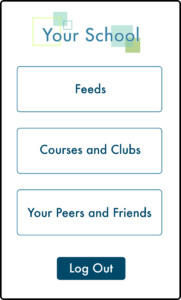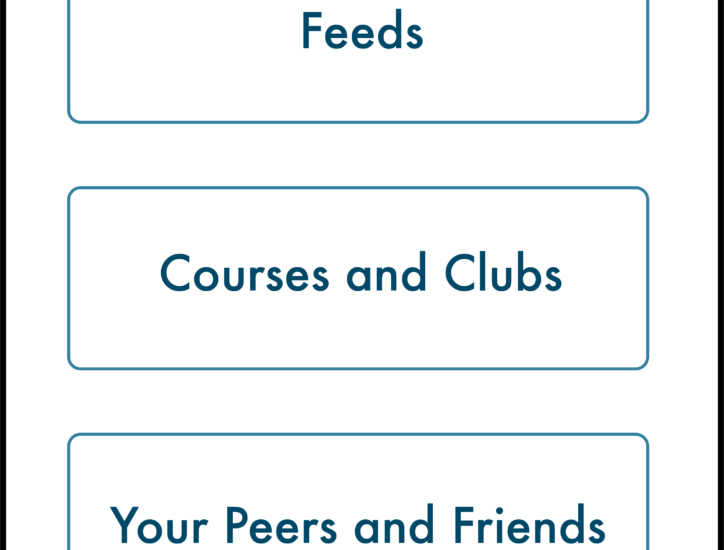1.) Innovative design—Describe your new design, app, service, product, etc.
At such a large school, you would think it would be easy to make friends. I’ve found that surprisingly, it’s almost the opposite. It’s almost like the more options – people – there are, the harder it is to know where to go about meeting them. Of course, there are classes and clubs, but for people who are introverted or who have social anxiety, it can be hard. My idea is to create an app that would help students at the same school to connect with each other, either for school help, club meetings, or just having someone to hang out with. Essentially, it would be an app for making friends and connecting with the community, just catered to show only people at the same school. It would be set up so that when the user downloads the app, they would enter their school and their name and confirm their identity, and once that is set up, they would be able to look for classmates based on majors and classes, as well as clubs. There could be different feeds so people could post course-specific questions or find a friend to go to a particular event with them.
2.) Upgraded criteria—state your criteria and why you picked it. Why is it important to you & your community?
With social media apps, likes and favorites are common features, but they have sort of backfired in the sense that users tend to obsess over the numbers and get hooked on the dopamine rush that comes with each like, as we have learned in class from sources like Social Dilemma. For this university community app, there would be no like feature or otherwise to protect the mental health and well-being of users and allow them to focus on what is most important, which is connection. Another way to help individuals focus on connection would be to eliminate the idea of followers or friends, or at least to have it hidden from the public, so only the user can see a list of people they know or want to connect with. This would be another way to limit comparisons that often come from the numbers on social media.
3.) Supportive context—describe context or world/community that will support this
Ideally, universities would support the development and implementation of this app, as it would be designed to benefit students to address a variety of social needs. It would be a simple and straightforward way to help students connect at school and create better access to peers. In addition to universities, hopefully the students would support the app too, especially if it were designed and implemented well.
4.) Weigh Costs—Evaluate expected costs—materials. labor, etc–this is not a number or monetary figure, but rather a description of the expected costs to environment, people etc.
Since it would be an app, the material cost would be minimal to none. The only thing it would really cost to make is time and energy of the people who would build it. It would be free to students to make it accessible to as many as possible. Hopefully, it would have no cost to the environment, as I can’t think of a particular way it would. There could be potential costs to people if they spend too much time on the app or end up feeling excluded somehow by the nature of the app, but hopefully that could be avoided with humane design strategies, such as encouraging users to meet people from the app in person and maybe even limiting or tracking the screen time spent on the app.


You must be logged in to post a comment.